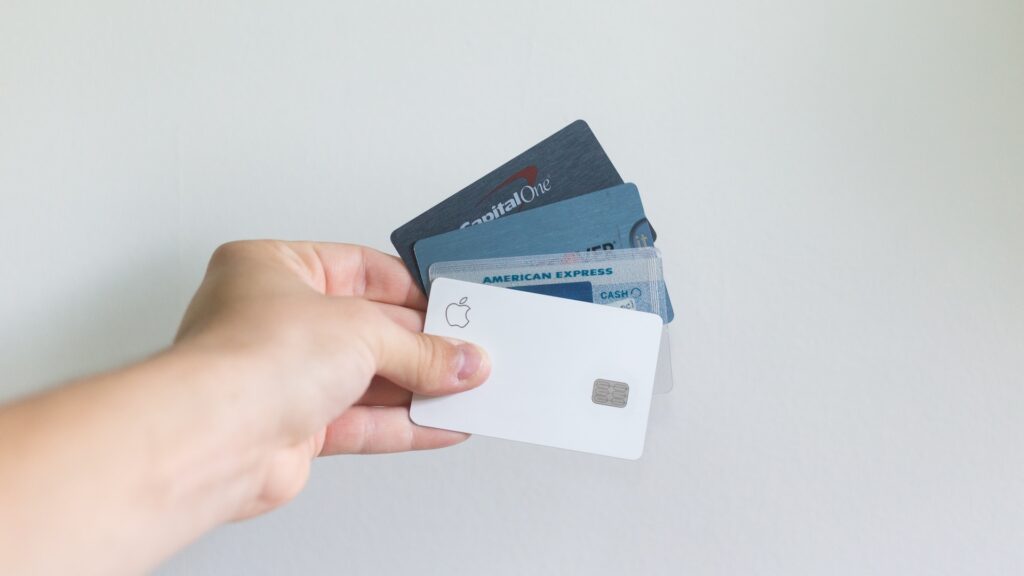
Becoming a homeowner can help you build your wealth by allowing you to increase your equity. Whenever you make a payment, you’ll be paying off some of the remaining balance on your loan.
While you normally don’t have access to these funds, there are several alternative solutions that give you the ability to draw equity from your home and use it on other important purchases.
Even if you don’t need to get equity out of your home at the moment, knowing that it’s there means that you have a safety net you can rely on. This option allows you to avoid applying for a personal loan.
While you can sell your home to obtain its equity, the alternative solutions detailed in this guide give you the opportunity to use these funds without putting yourself through a major change. In this guide, you’ll learn about five unique methods that help homeowners obtain their equity.
Why Converting Equity May Be the Solution for Some People
The equity in your home is the difference between your home’s value and the amount that you still owe on your mortgage. If you ended up selling your home today, the funds you gain access to would be the same as the equity you had in your home. As mentioned above, owing $150,000 on a $350,000 home means that your equity amounts to $200,000. If you use the right method, you can gain access to some or all of this equity without needing to sell your home.
There are many reasons why you might want to eventually convert your home equity into easy-to-access funds. The most common reasons include:
- Creating a small business
- Sending a child of yours to college
- Performing home repairs and improvements
- Consolidating debt from car loans, school loans, or credit cards
- Paying for an unexpected expense, which can be a medical bill or vehicle repair bill
However, you can technically use these funds to pay for any expense. While all of the following methods will allow you to get equity out of your home, some of them come with risks that you should take into account.

Pros and Cons of Every Method to Get Equity Out of Your Home
There are different ways to get equity out of your home, which include:
- Home equity loans and lines of credit
- Cash-out refinancing
- Reverse mortgages
- Sale-leaseback agreements
- Other creative financing options
Before you land on one of these solutions, you should weigh the benefits and drawbacks of each method.
Home Equity Loans and Lines of Credit
A home equity loan is a kind of secure loan that gives you money based on the amount of equity you’ve built up in your home. When you’re approved for this type of loan, you’ll receive the payment as a lump sum that you can put into savings or use whenever you want. A home equity line of credit (HELOC) is also secured with your home equity. The amount you’re able to borrow mainly depends on your home’s current value, your debt-to-income ratio, and your credit score.
While a home equity loan and HELOC are similar, a HELOC doesn’t give you the funds as a lump payment. Instead, it gives you a line of credit that you can draw from as needed. Homeowners that obtain a HELOC typically use it to borrow small sums of money when necessary. The standard draw period for a HELOC is 10 years, after which you typically have 20 years to repay everything that you’ve borrowed.
While home equity loans will allow you to obtain your equity in cash, there are a couple of downsides. For one, the loan amount you borrow is linked directly with your equity amount and credit score. If you haven’t been able to build up a high amount of equity or don’t have a high credit score, other options might be better for you. Keep in mind that these loans come with fixed interest rates, which should help you maintain consistent payments.
When taking a look at HELOC loans, there are several benefits. For one, the initial interest rate that you receive is typically among the lowest rates that are available with all types of loans. During the draw period, it’s also unlikely that you’ll need to pay the loan’s principal. Instead, your payments will be limited to the interest on the loan.
The primary issue with a HELOC is that you may lose your home in the event that you’re unable to pay back the loan on time. The variable interest rate that’s attached to this loan makes it difficult for you to determine what your monthly payments will be.

Cash-out Refinancing
Cash-out refinance loans may be a better solution than home equity loans if you’re able to obtain a relatively low interest rate on your initial mortgage. This kind of refinance is essentially a larger mortgage loan that’s put in place of your first mortgage. Your lender will put the funds towards paying off the existing mortgage as well as the closing costs for your new mortgage. The remaining balance is the money that you can cash out and use in whatever way you want.
When you apply for a home equity loan, you’ll need to maintain that loan and your first mortgage loan, which means that you would have two payments to keep track of. In comparison, the cash-out refinancing loan replaces your initial mortgage, which means that you still have a single loan and a single monthly payment. Since initial mortgages typically have relatively low interest rates when compared to second mortgages, you may be able to save some money.
The primary drawback to a cash-out refinancing loan is that you’ll pay more interest overall, which means that you’ll take longer to pay off the entirety of the remaining balance. You’ll also need to pay closing costs with this mortgage. While there are times when home equity loans also come with closing costs, many lenders waive them.
Reverse Mortgages
In the event that you’re at least 62 years old, you might qualify for a reverse mortgage loan. It’s common for senior citizens to have a considerable amount of their net worth tied up with their home equity. If you want to access these funds during retirement, a reverse mortgage may be the right solution for you.
While reverse mortgage loans are complex, they aren’t too difficult to understand. They work like the reverse of a mortgage, which means that you’ll receive a monthly payment from your lender instead of giving them a payment each month. These payments are available as:
- Term payments
- Lump sum payments
- Monthly payments
- Lines of credit
If you have limited income, a reverse mortgage can help make your retirement lifestyle more comfortable. Keep in mind, however, that your interest rate will be higher. When you age, your equity will go down as your debt gets higher, which is why a reverse mortgage is specifically designed for older homeowners. When the borrower dies or moves to another home, the profits from the sale will pay back the mortgage.
Sale-leaseback Agreements
One option that you might be interested in is a sale-leaseback agreement. If you’re wary about the application requirements, risks, and interest rates associated with the methods mentioned previously, the sale-leaseback program may be right for you. It works by allowing you to sell your home without moving. The proceeds from the sale are converted into cash.
If you sell your home to a company that offers sale-leaseback agreements, you can convert your equity to cash as long as you remain on the property as a renter. Some of these agreements provide the borrower with the opportunity to repurchase their property when they’re able to.

Other Creative Financing Options
There are other creative financing options that will help you gain access to funds. For instance, crowdfunding allows you to purchase real estate by pooling your funds together with other people who are looking to invest. You’ll then receive earnings from the property in the form of dividends. This solution may be preferable if you don’t have a large amount of equity in your existing home.
Peer to peer lending involves obtaining loans from individuals as opposed to traditional lenders. These loans can be structured like any of the aforementioned loan types. If you have a relatively short credit history or low credit score, you might find it easier to obtain approval for one of these loans. You can also repay these loans early without being assessed a prepayment penalty. However, approval for this loan type often takes longer than a traditional loan. The loan may also be offered by an untrustworthy individual.
Home equity sharing programs can be used to obtain equity from your home as well. If you partner with a shared appreciation company, they will purchase a part of your home alongside some of the future appreciation. In return, you’ll receive cash that’s based on the amount of equity you currently have. Only consider this option if you’re confident that you’ll have the funds required to pay the lump sum when the repayment term comes to an end.
Conclusion
If you want to get equity out of your home and use it to pay for a vacation or major remodeling project, it’s highly recommended that you weigh the pros and cons of every method that was detailed above. While they all have their advantages, there are also some downsides with each solution that you should take into consideration. The final decision you make should reflect your long-term financial goals.